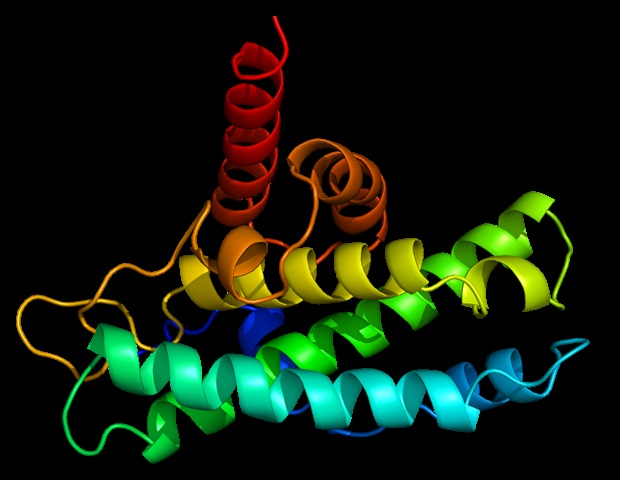
In a groundbreaking study, scientists at the CeMM Research Center for Molecular Medicine of the Austrian Academy of Sciences have mapped genetic mutations in the SLC13A5 gene, which is crucial for citrate transport in neurons. These mutations are linked to a severe form of epileptic encephalopathy. The study, published in Science Advances, builds on data from the RESOLUTE and REsolution flagship projects, providing new insights into the disease mechanisms and paving the way for future research.
Citrate, the negatively charged ion of citric acid, plays a vital role in cellular metabolism, particularly in neurons where it acts as a neuromodulator. This study highlights the importance of the SLC13A5 transporter, which facilitates citrate uptake in neurons. When the transporter malfunctions due to genetic mutations, it can lead to SLC13A5 Citrate Transporter Disorder, a severe form of epilepsy that affects brain development, known scientifically as developmental epileptic encephalopathy (DEE).
The Role of Citrate in Neuronal Metabolism
Citrate is a key player in the citric acid cycle, often termed the “hub” of cellular metabolism. This cycle is crucial for breaking down organic substances to generate chemical energy and produce precursors for biosynthesis. In neurons, citrate’s role is even more critical as it influences neuronal activity and is found in high concentrations in cerebrospinal fluid.
Neurons express high levels of the SLC13A5 transporter to ensure adequate citrate uptake. Mutations in the SLC13A5 gene disrupt this process, leading to severe neurological conditions. Until now, the specific mutations involved and their effects on the transporter’s molecular function were not well understood.
Deep Mutational Scanning: A Closer Look at Genetic Variants
To bridge this knowledge gap, the CeMM scientists employed a technique called “deep mutational scanning” (DMS). This approach allowed them to analyze nearly ten thousand genetic mutations affecting the SLC13A5 transport protein. Computational analyses of protein stability further enriched the dataset, leading to the selection of 38 mutated variants for experimental investigation.
The study identified several molecular mechanisms associated with the disease, including variations in transporter production levels, localization in the cell membrane, and citrate transport rates. “With these results, we were able to identify and characterize disease-causing variants of the SLC13A5 transporter,” explained co-first author Wen-An Wang.
“By computationally analyzing the mutant variants, we assessed protein stability across different conformations and established an evolutionary conservation score for all variants,” added co-first author Evandro Ferrada.
Implications for Rare Diseases and Genetic Diversity
This research underscores the importance of systematically investigating genetic variants, particularly in rare diseases like SLC13A5 citrate transporter deficiency. The findings offer valuable insights into molecular disease mechanisms and highlight the impact of genetic diversity on human health.
Giulio Superti-Furga, the senior author, emphasized the broader implications of the study: “Our work highlights the importance of systematically investigating the effects of genetic variants. Especially in rare diseases, this approach helps us uncover molecular disease mechanisms and gain insights into variants occurring in the general population.”
The study was supported by the REsolution consortium, a continuation of the RESOLUTE project led by Superti-Furga at CeMM. This large-scale initiative functionally mapped the entire SLC transporter family, contributing significantly to understanding cellular “logistics.” Patient data were provided by the TESS Research Foundation, dedicated to advancing research on SLC13A5 citrate transporter deficiency.
Future Directions in Epilepsy Research
The findings from this comprehensive study not only deepen our understanding of SLC13A5-related epilepsy but also set the stage for future research into therapeutic interventions. By identifying specific mutations and their effects, scientists can develop targeted treatments that address the underlying causes of the disorder.
As research continues, the insights gained from this study may also inform investigations into other neurological disorders where citrate metabolism plays a role. The ongoing collaboration between researchers, institutions, and foundations highlights the importance of a multidisciplinary approach in tackling complex genetic diseases.
With the foundation laid by this study, the scientific community is poised to make significant strides in understanding and treating SLC13A5-related epilepsy and potentially other related disorders.






